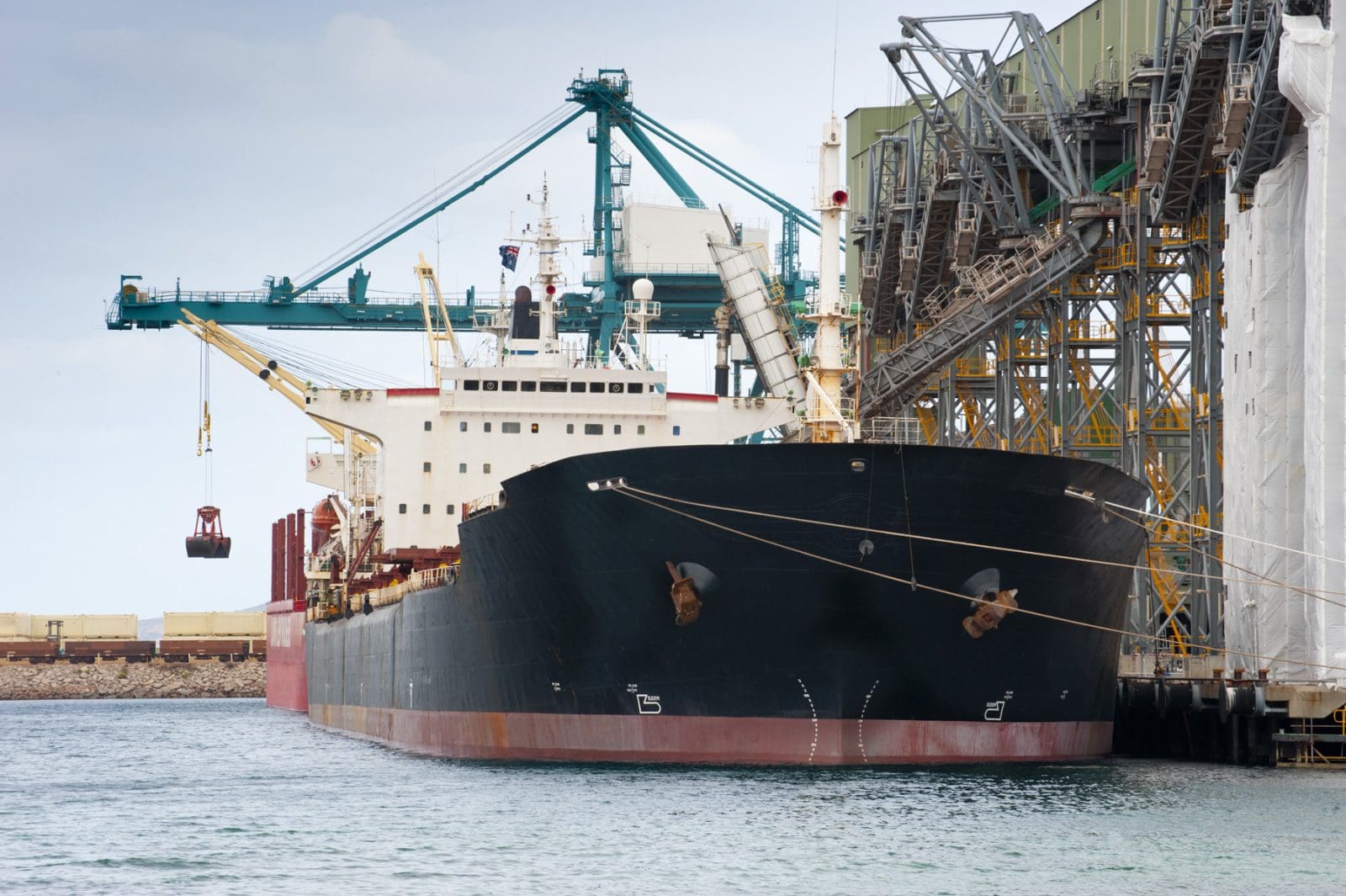ANYONE prepared to write a big cheque for grain can get supply into the most heavily traded grain market in Australia; delivered to the Darling Downs region wheat and barley is expensive but it’s gettable in the $450s now, in the $420s after harvest and sorghum in April is pegged in the $360s.
Current crop supplies, priced at fair WA/SA-origin market value, can be long-haul freighted to secure the grain tonnes the east coast needs so it can limp home to harvest come October.

Sea freight from Western Australia and South Australia have secured 2018 supplies to Australia’s east coast, yet 2019 hangs in the balance as world supply/demand takes shape.
Traders said current crop markets had settled into a holding pattern, secure in the knowledge that at least 500,000t of interstate wheat and barley is destined for Brisbane, Newcastle and Port Kembla.
The boats are sailing. Discharge equipment is functioning. Some rain has come with longer day-length and brought green pick to southern paddocks.
Today in Feedgrain Focus we look at an analyst’s insights to examine whether the free market is functioning, and explain what drives sellers’ and buyers’ access to it.
The pure argument about whether a market is functioning adequately rests on universal competitive access, and allowing price to ration demand and available supply.
Market Check head of strategy Nick Crundall believes prices on the east coast are doing enough to balance supply and demand as it currently stands. While that balancing task began many months ago, Mr Crundall said recent months had seen the market quickly lift because of declining new crop production prospects.
“From mid-July to early August, the Jan-19 ASX wheat contract gained $80/t.”
“Since reaching highs of around $410/t a month ago, prices have been chopping sideways which indicates the market is happy that we are accurately priced given current crop conditions and projected harvest levels.”
Market rationing function
Notwithstanding that the drought over east has been a free kick for WA grain, the normal pathway for WA shipments would be towards export shipment, a tough space by any measure, awash with cheap grain supplied by emerging producers from low-cost suppliers in the Black Sea region.
However, open access and free competition does allow the eastern states livestock feeder to compete for the chance to secure supply.
Mr Crundall sees it working like this.
“The primary role of the east coast market at the moment is to cut off exports to keep supplies available to the domestic market, which has been achieved at current levels (i.e. exports out of eastern ports are not competitive on the export market).”
“Additionally, given there will be a supply deficit vs domestic demand in NSW/Qld, the east coast needs to be priced at a big enough premium to WA/SA to incentivise interstate shipments that would otherwise have gone to traditional overseas buyers such as those in southeast Asia.
“The current new crop spread between Kwinana and NSW/Qld is wide enough to ensure supply will move from WA to the East Coast, in fact it’s nearly feasible to ship WA wheat into Victoria.
“This illustrates that east coast values are stretched relative to WA, as Victoria does not need to import wheat and NSW/Qld are pricing high enough to keep WA boats sailing east.”
Eastern grain growers’ role in supply chain
“The grower also needs an incentive to sell what little stocks remain from last harvest, plus take on production risk and forward sell the crop in the ground.
“At $390-$440/t, depending on location, for old crop, growers would likely have already sold whatever they were willing to, and much of the remainder is likely earmarked for their own livestock feeding.
“For new crop, the same argument can be made that port prices over $400/t in Victoria mean growers have probably forward sold anything they are willing to commit to with production still so uncertain, and will likely be a strong seller at harvest if these numbers persist.
“Finally, if the Nth NSW/Qld growers get the rain they desperately deserve, we will see large scale summer cropping which will also help alleviate supply deficits in these markets when that supply arrives in March/April.
Summer crop optimism at this point is by no means certain.
Outlook
The market structure of the east coast is doing enough to balance supply and demand as it currently stands.
“This does not mean the price will not rally further, far from it.
“All it shows is that any significant rallies from here will stem from rallies in the offshore market, reflected in Russian/European FOB (free on board) values especially.
“Higher offshore values would lift the WA market and therefore force the east coast market higher to keep the flow of boats sailing from the west.
“It’s difficult to assess where prices will be at harvest, however looking at our relative value to other markets does give us some parameters to work within.”
Cottonseed privations ease
The spike in cottonseed prices to $700/t, detested by buyers, appears to have passed.
Complaints of price-gouging levelled at so-called profiteers have calmed given that cottonseed, which two weeks ago was hard to buy at $700/t, was readily available this week at $600 and looking for takers. It’s expensive, but it’s available. 2019 crop was offered a couple of hundred cheaper than that, if you were looking for forward supply in April/May 2019.
However, cotton hulls and meals are in ever tightening supply, driving enquiry for alternates such as canola, soy, palm kernel and copra.
